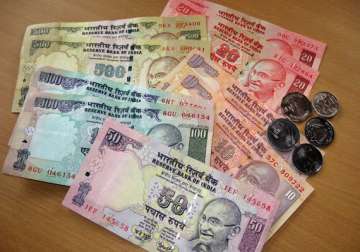LONDON: India's growth prospects in the near-term are still weak and is facing financial turmoil triggered by possible tapering of quantitative easing policy in the US, according to Paris-based think-tank OECD.
The projection comes against the backdrop of slowing growth in India as well as rupee falling sharply amid high level of current account deficit (CAD).
The Organisation for Economic Cooperation and Development (OECD) said that the near-term growth prospects are mixed for emerging Asian economies.
There are signs of growth stabilisation for China and a more positive outlook for the Philippines and Singapore, “while still weak growth prospects for India”, it said.
As per the grouping's latest Asian Business Cycle Indicators (ABCIs), the key imminent downside risk facing Southeast Asia, China and India is the turmoil in the financial markets, triggered by the prospects of tapering of quantitative easing (QE) policy in the United States.
Suggestions that the US Federal Reserve could start tapering QE, better described as easy money regime, has resulted in high volatility in the currencies of emerging nations, especially India.
“Emerging Asian economies, which ran large current account deficits and more susceptible to macroeconomic risks of capital outflows, such as India and Indonesia bore the brunt of the financial turmoil.
“In addition, global oil prices will remain volatile should the tension in the Middle-East persists and this could cloud the inflationary outlook in the near-term,” OECD said.
Indian economy clocked a low growth rate of 4.4 per cent in the April-June quarter.
Meanwhile, OECD's Composite Leading Indicator (CLI) — designed to anticipate turning points in economy activity — for the month of July showed “growth below trend rates” for India.
India's CLI stood at 97.1 in July compared with 97.3 in the preceding month.
Latest Business News
